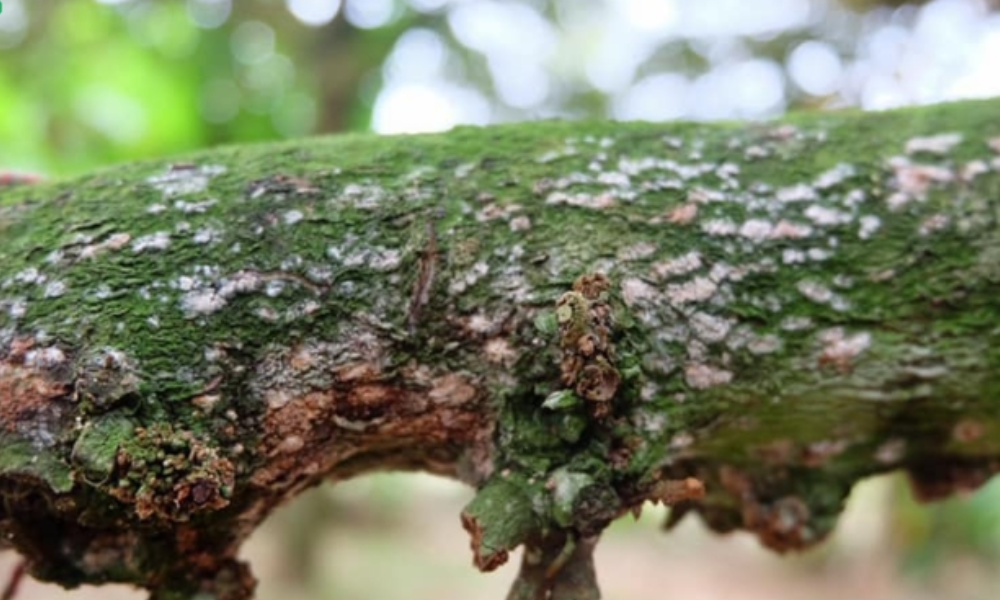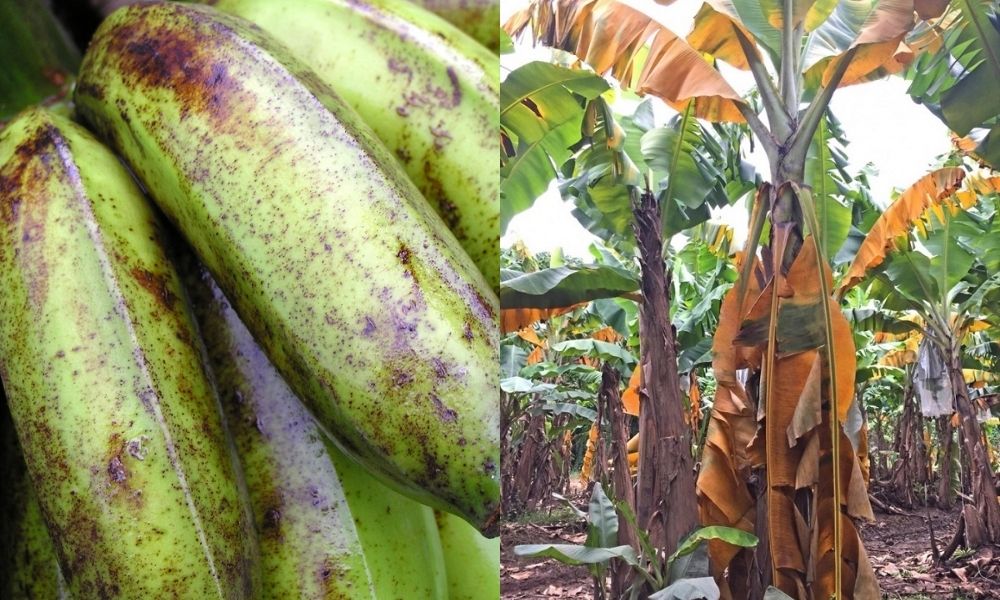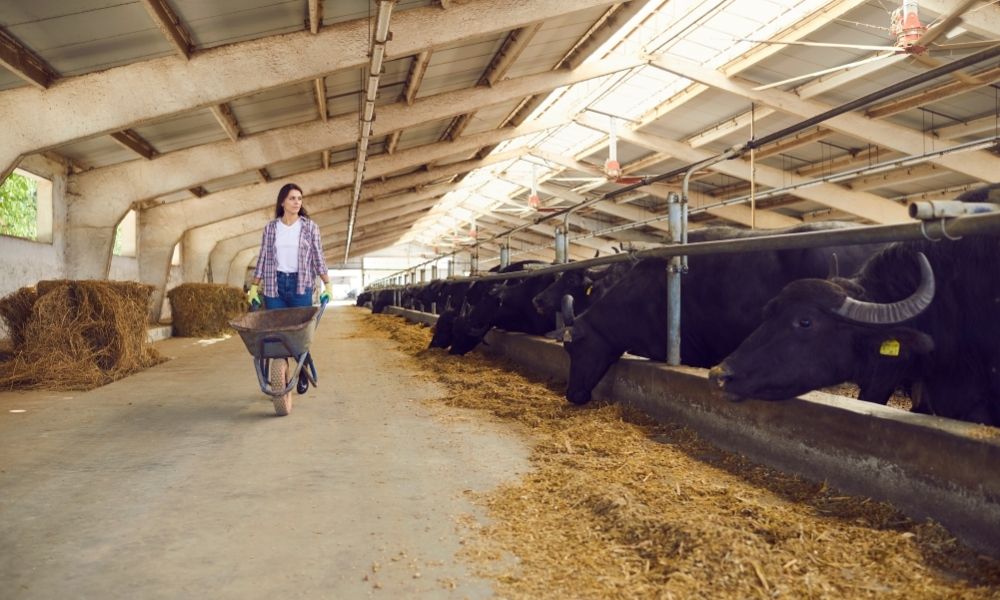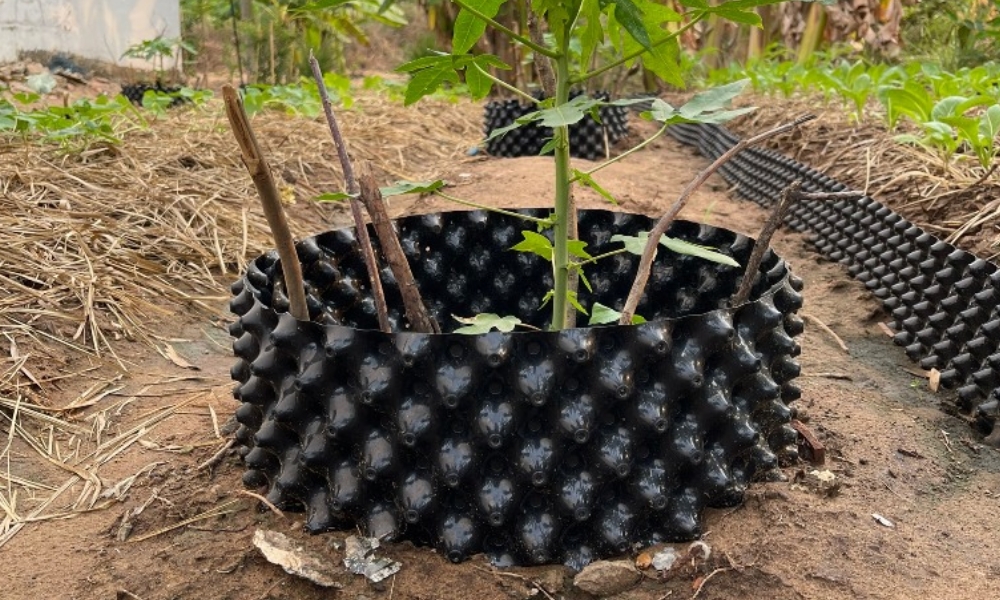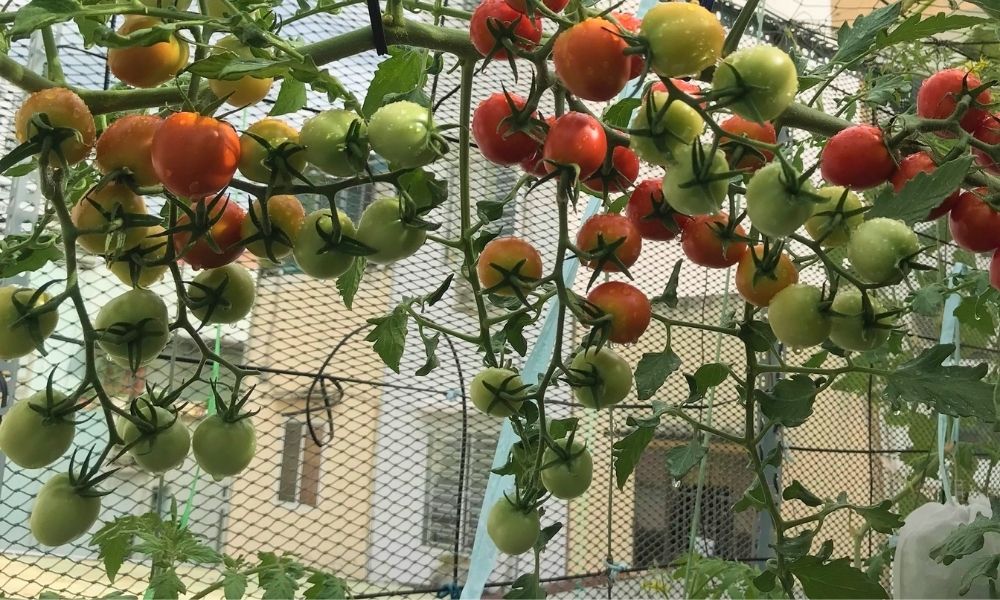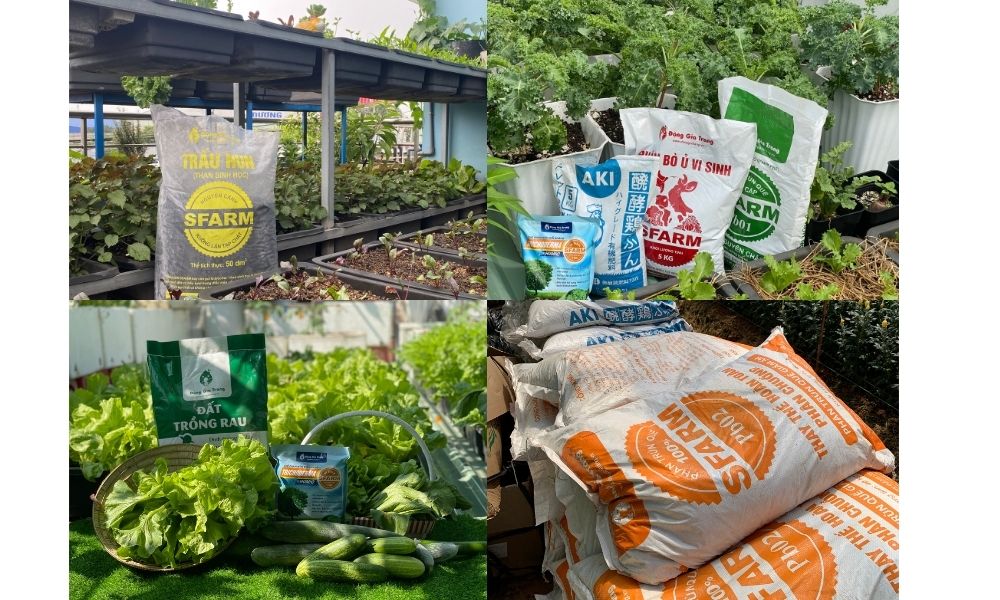Vi Nhân Giống Là Gì? Kỹ Thuật Nuôi Cấy Mô Tế Bào Hiện Đại Trong Nông Nghiệp
What is micropropagation? You are learning about an advanced agricultural technique that helps mass produce high-quality crops, right? This method, also known as tissue culture, is based on the ability to create many identical plantlets from a small cell tissue of the mother plant. This helps preserve rare plant varieties, increase productivity and reduce disease risks.
This article by KTH GARDEN will help you better understand micropropagation: from the basic definition, implementation process, advantages and disadvantages, to its wonderful applications in modern agriculture, along with with costs and factors to consider when applying this technique. Let’s explore this magical world of plant reproduction technology!
What is micropropagation? Definitions and basic concepts
Micropropagation, also known as plant tissue culture, is an advanced technique in the fields of agriculture and biology. It is the process of propagating plants using small plant tissues or cells, cultured in a special sterile environment rich in nutrients. Unlike traditional propagation methods such as sowing seeds or cuttings, micropropagation allows the creation of a large number of identical seedlings from a small amount of root tissue, in a short time and in limited space. This is especially useful for plants that are difficult to propagate using traditional methods or need to preserve rare genetic resources. This process applies principles of cell biology and plant physiology, requiring high precision in sterile techniques and environmental conditions. With 20 years of experience in this field, I can confirm that micropropagation has been changing the way we approach modern agriculture.
Cell tissue, which is the main material in micropropagation, is obtained from different parts of the mother plant such as buds, leaves, stems or roots. The selection of source tissue is very important, it is necessary to ensure that the mother plant is healthy, disease-free, and has high yield. A healthy mother plant will produce good quality tissue, leading to a higher success rate in the culture process. I have seen many cases of failure simply because of inappropriate choice of mother plant, leading to slow development or infection of the cultured tissue. This emphasizes the importance of choosing quality raw materials during the micropropagation process. In addition, tissue processing after harvest is also important. Thorough tissue sterilization is a key step in avoiding bacterial contamination in the culture medium, ensuring healthy growth of future seedlings.
The micropropagation process is more than simply cultivating tissue in an artificial environment. It requires a harmonious combination of many factors, from preparing a sterile culture medium, choosing the right plant hormones to stimulate tissue growth, to controlling temperature, light and humidity. The success of micropropagation depends greatly on the technical level and experience of the practitioner. Even a small mistake in any step of the process can lead to failure. Because of this sophistication and complexity, micropropagation is often performed in modern laboratories, with a full range of specialized equipment and a team of experienced technicians. This is one of the reasons why the cost of micropropagation can be higher than that of traditional propagation methods.
Plant micropropagation process: Detailed steps
The micropropagation process includes many important steps, requiring precision and rigor. First of all, you need to choose a healthy mother plant, free of pests and diseases. Then, harvest the tissue from the mother plant, usually the apical bud or leaf axil, and then sterilize it. This sterilization step is extremely important to remove bacteria, fungi and viruses that can harm the tissue during culture. Commonly used disinfectants are sodium hypochlorite (Javen water), ethanol or other specialized disinfectants. Disinfection time and drug concentration need to be adjusted depending on the plant and tissue type.
After sterilization, the tissue is placed in a sterile culture medium. This medium contains nutrients necessary for tissue growth, including mineral salts, sugars, vitamins, and plant growth regulators (hormones). The composition of the culture medium depends on the type of plant, its stage of development, and the goals of the breeding process. For example, during the bud formation stage, people often use hormones such as cytokinin to stimulate cell division and bud formation. Meanwhile, in the rooting stage, auxin plays a more important role.
Tissue is cultured under strictly controlled environmental conditions, including temperature, light and humidity. The optimal temperature usually ranges from 25-28 degrees Celsius, with artificial light providing the appropriate light intensity for photosynthesis. After a while, the tissue will develop into buds, and these buds will continue to be cultured to form seedlings. The seedlings are then transferred to a rooting medium to establish roots and finally planted in soil or pots to adapt to natural conditions. This entire process usually takes place in sterile conditions to minimize infection.
Advantages and disadvantages of micropropagation technique
Micropropagation offers many outstanding advantages compared to traditional propagation methods. First, it allows for rapid multiplication of a large number of identical seedlings from a single mother plant. In just a few months, thousands of seedlings can be produced from a few small tissues, helping to meet the huge demand for high-quality plant varieties. Second, micropropagation helps produce disease-free seedlings. The rigorous sterilization process eliminates most bacteria, fungi and viruses, ensuring healthy and productive seedlings.
In addition, micropropagation allows the conservation of rare genetic resources, especially for plant species that are difficult to propagate using traditional methods. This helps maintain biodiversity and protect tree species that have economic or scientific value. Finally, microbreeding techniques allow for the efficient and safe production of genetically modified crops (GMOs). However, micropropagation also has disadvantages. Initial investment costs for equipment, materials and labor are quite high.
Besides, micropropagation technique requires high precision and expertise. Small errors in any step of the process can lead to failure. The survival rate of seedlings after being transferred to soil can also vary depending on many factors such as environmental conditions and care techniques. Therefore, a large investment of time and effort is required to achieve the desired results. Furthermore, dependence on modern technology and equipment is also a limitation of micropropagation. Interruptions in the power supply or equipment failures can seriously affect the entire process. Therefore, contingency plans and regular equipment maintenance are required to ensure the micropropagation process goes smoothly.
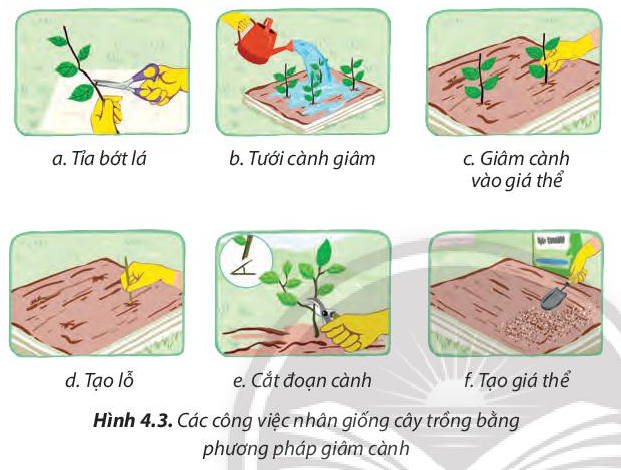
Application of micropropagation in modern agriculture
Micropropagation, with its ability to mass produce uniform, healthy seedlings from small amounts of tissue, has revolutionized modern agriculture. Micropropagation not only helps increase productivity but also improves the quality of agricultural products, opening up new directions for sustainable agricultural production. During my 20 years working in this field, I have witnessed the immense power of this technique.
The first and most common application is in the production of disease-free plant varieties. Traditional methods often find it difficult to completely remove viruses or other pathogens from the mother plant. Tissue micropropagation effectively solves this problem. By culturing tissue from healthy, disease-free tissue, we can create thousands of disease-free seedlings, ensuring high quality and yield. According to statistics from the Vietnam Agricultural Research Institute, the rate of disease-free seedlings after micropropagation is over 95%, significantly higher than with traditional seeding methods.
Another benefit of micropropagation is the ability to preserve rare genetic resources. Many indigenous plant varieties have high economic and nutritional value, but are difficult to propagate using traditional methods and are susceptible to extinction. Micropropagation allows these varieties to be stored and propagated effectively, protecting agricultural biodiversity. We can take the example of preserving Vietnam’s traditional rice varieties. Some varieties have only a few mother plants left. Thanks to micropropagation, we have been able to replicate and preserve them. This is an important contribution to national food security.
In addition, micropropagation also helps create plant varieties with superior characteristics. Using genetic engineering combined with micro-breeding, people can create crop varieties with high yields, pest resistance, drought tolerance and adaptation to harsh climatic conditions. A typical example is the creation of pest-resistant rice varieties, which significantly reduces the use of pesticides, contributing to environmental protection. Modern breeding technology also allows the creation of crop varieties with higher nutritional value, meeting the increasing demand for food quality.
Micropropagation is also effectively applied in the production of flowers and ornamental plants. This breeding method allows creating a large number of seedlings with uniform shape, color and quality, meeting the increasing demand of the market. Furthermore, micropropagation helps shorten the growth time of plants, allowing products to be brought to market faster, increasing profits for producers.
Costs and factors affecting micropropagation costs
Micropropagation costs include many factors, from equipment costs and consumables to labor and laboratory operating costs. This cost may fluctuate depending on the scale of production, type of crop, and technology applied.
Equipment is an important factor affecting cost. Equipment such as sterile culture cabinets, air conditioners, microscopes, centrifuges, etc. all have quite high prices, especially for large-scale laboratories. A modern laboratory may need to invest hundreds of millions of dong or even more for necessary equipment.
Consumables are also a significant expense. Culture media, growth hormones, and disinfectant solutions all need to be purchased regularly and are not small in price. This cost depends on the type of plant and the micropropagation process used, with finicky plants often requiring more supplies.
Labor is also a factor that cannot be ignored. Technicians must be properly trained and experienced to ensure the quality of seedlings. This cost will be higher if a team of experienced technicians is needed.
In addition, laboratory operating costs, including electricity, water, and gas, also account for a large part of the total cost. Several other factors also affect costs, such as raw material prices, technology used, production scale, and geographical location. Some studies show that the cost of micropropagation can range from several tens of thousands to several hundred thousand VND/seedling depending on the above factors. Choosing the right technology and optimizing the production process can help reduce costs.
Compare micropropagation with traditional propagation methods
Compared with traditional propagation methods such as sowing seeds, cuttings, and branching, micropropagation has many outstanding advantages. However, micropropagation also has certain disadvantages.
As mentioned above, micropropagation allows for the mass production of uniform, healthy, disease-free seedlings. This helps increase productivity and quality of agricultural products significantly. This method also shortens the growth time of the plant, helping to bring products to market faster. Furthermore, microbreeding is effective in preserving rare genetic resources and creating plant varieties with superior characteristics.
However, micropropagation also has disadvantages. Initial investment costs are quite high, requiring modern equipment and a team of highly qualified technicians. The micropropagation process is also more complicated than traditional methods, requiring high precision and accuracy. In addition, the risk of infection still exists, although it has been significantly reduced compared to traditional methods. Depending on the type of plant and specific conditions, growers need to carefully consider the advantages and disadvantages of micropropagation before deciding to apply it. Choosing the appropriate breeding method is extremely important to achieve high economic efficiency.
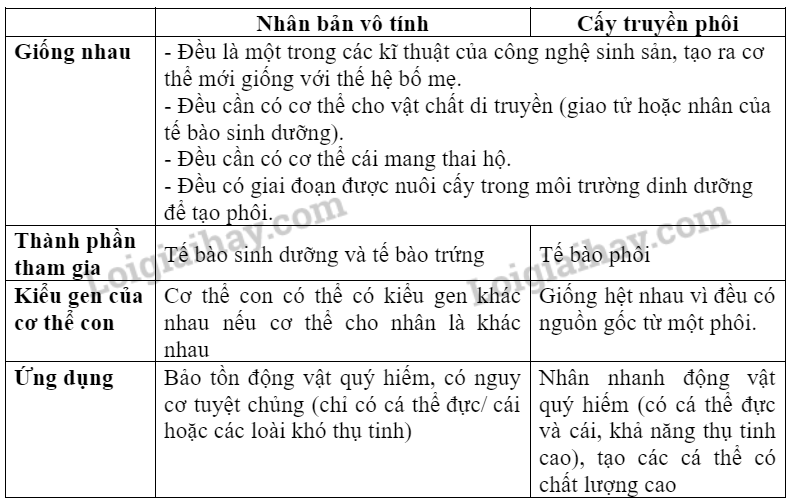

 0934.19.6789
0934.19.6789
